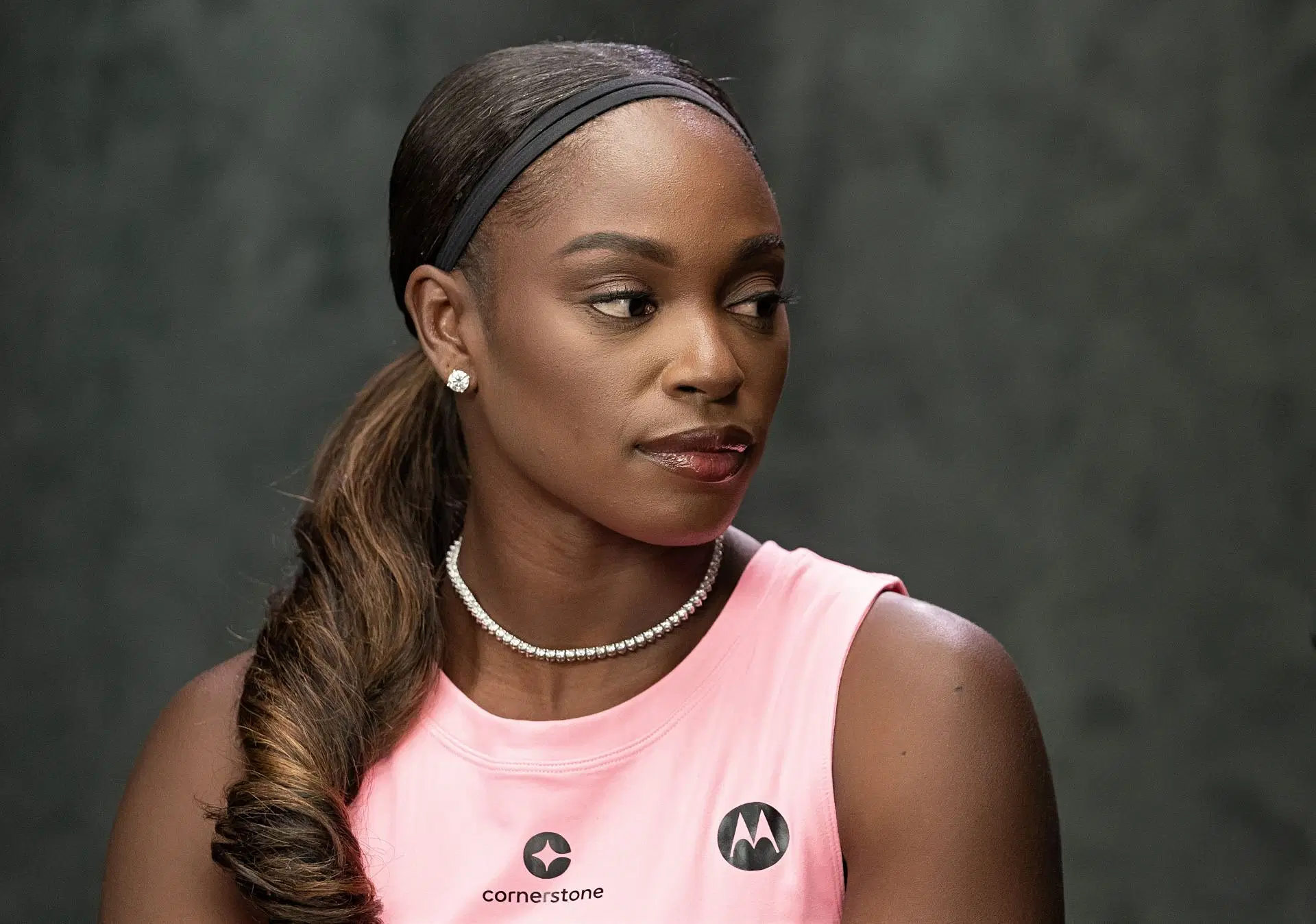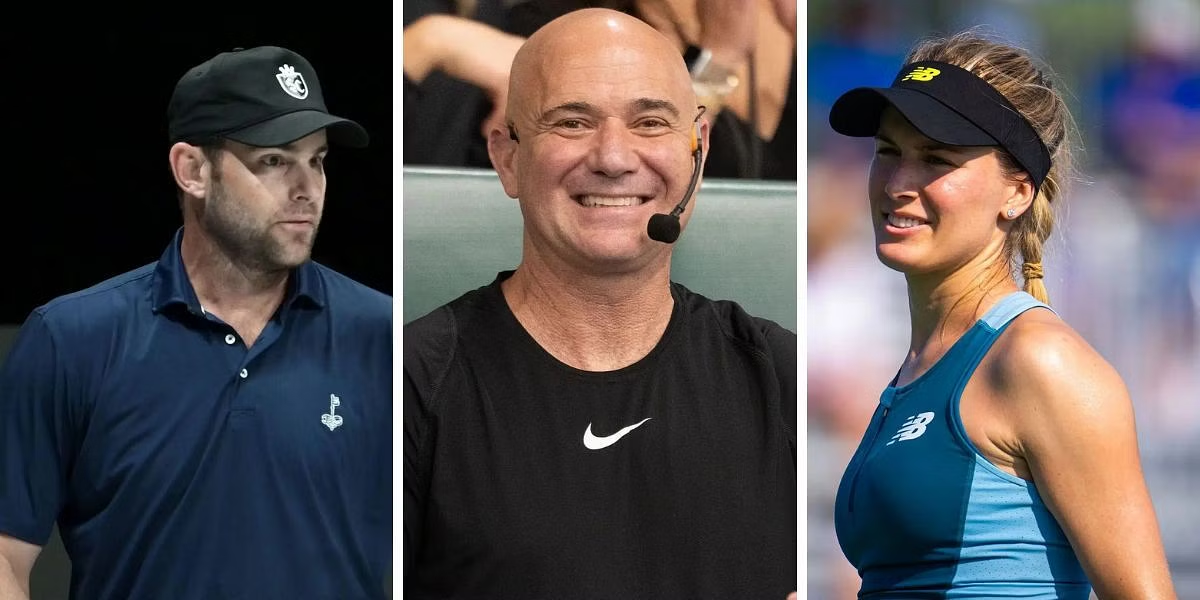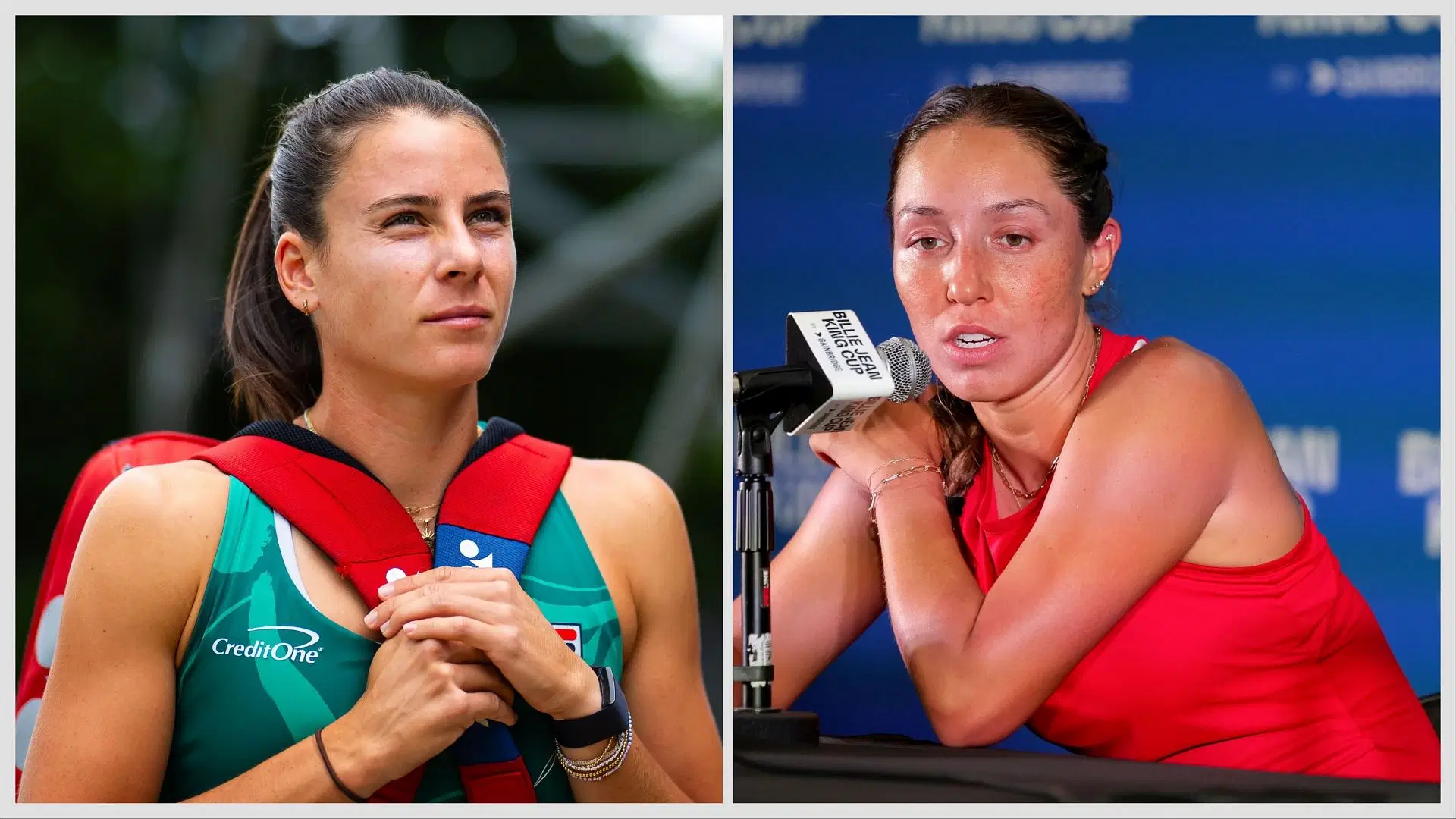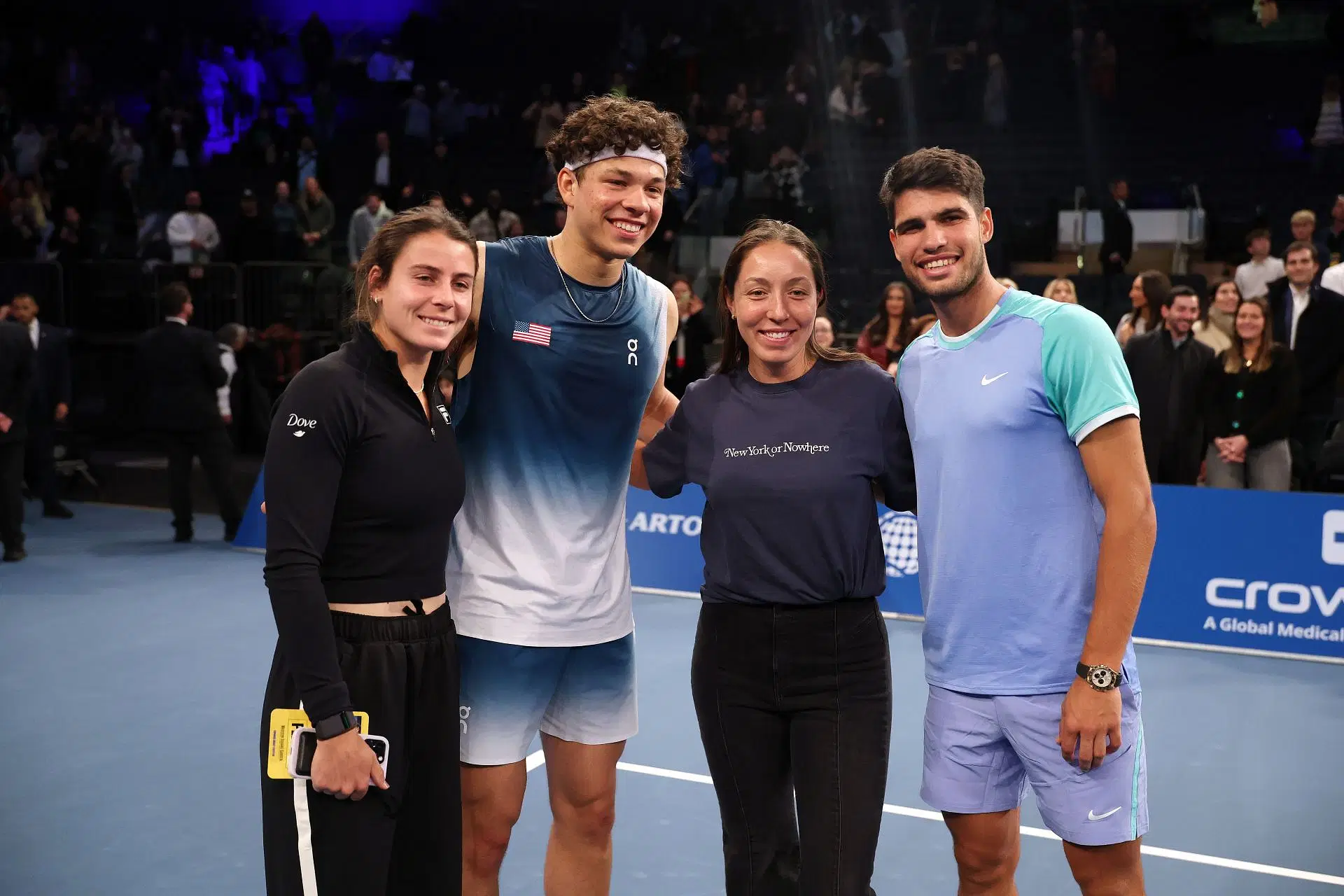Andre Agassi and Michael Chang’s participation at the 1996 US Open was embroiled in controversy over their respective seedings at their home Slam. Russian player Yevgeny Kafelnikov added his voice to the discontent within the tennis community, accusing the New York Major and USTA of showing favoritism to Americans.
That year, the US Open deviated from the usual approach by not seeding players per their rankings and only announcing the seeds after the release of the draw.
American players seemingly benefited the most from the new procedure, with World No. 3 Michael Chang becoming the second seed, World No. 8 Andre Agassi moving up to sixth and World No. 9 Jim Courier becoming the eighth seed.
Beyond the Americans, World No. 6 Goran Ivanisevic also rose to the fourth seed, and World No. 7 Richard Krajicek became the No. 5 seed. Consequently, World No. 4 Yevegeny Kafelnikov dropped below Agassi to be the seventh seed, and World No. 2 Thomas Muster trailed Chang as the third seed.
Amid the growing conjecture that the seeding system was changed to favor American players, Kafelnikov pulled out of the US Open in protest, voicing his frustration over his lower seeding. Having won the French Open title earlier that year, the Russian expressed shock over his treatment, arguing that he “deserved” to be the fourth seed over Andre Agassi.
“I was shocked when I saw what they did to me. I deserve to be seeded No. 4. I won a Grand Slam tournament and consider myself a good hardcourt player,” Kafelnikov said (The Spokesman-Review).
Thomas Muster, who was similarly disadvantaged by the seedings, also threatened to withdraw from the Major, highlighting the significant effort players put in to earn higher rankings for better seedings.
“Players fight all year to earn their rankings and seedings,” Muster said.
Even the ATP was displeased with the decision, with CEO Mark Miles denouncing the procedure as “inappropriate” and “unfair,” while the president of the Players Council, Todd Martin, asserted that the subjective change in the seedings had “tarnished” the tournament’s reputation.
“The procedure use to remake the men’s field was inappropriate and unfair and brought questions about motive,” Miles said.
“It is a matter of principle. It goes to objectivity and professionalism. To subjectively change the rankings tarnished the image and reputation of this tournament,” Martin argued.
Despite the controversy, US Open chairman Les Snyder defended the tournament’s decision, drawing a comparison to Wimbledon’s practices to elucidate that the seedings at the Grand Slams were determined by the tournaments themselves. Snyder also insisted that he had ensured the “highest level of fairness and objectivity” in the seedings.
“Grand Slam rules state that seedings are at the discretion of each Grand Slam tournament committee. I went by the rule. The highest level of fairness and objectivity was included in the seedings. It’s not the first time the seedings have deviated from the rankings. Wimbledon each year bases its seedings on actual grass court results,” Snyder said.
Michael Chang ended Andre Agassi’s run at US Open 1996
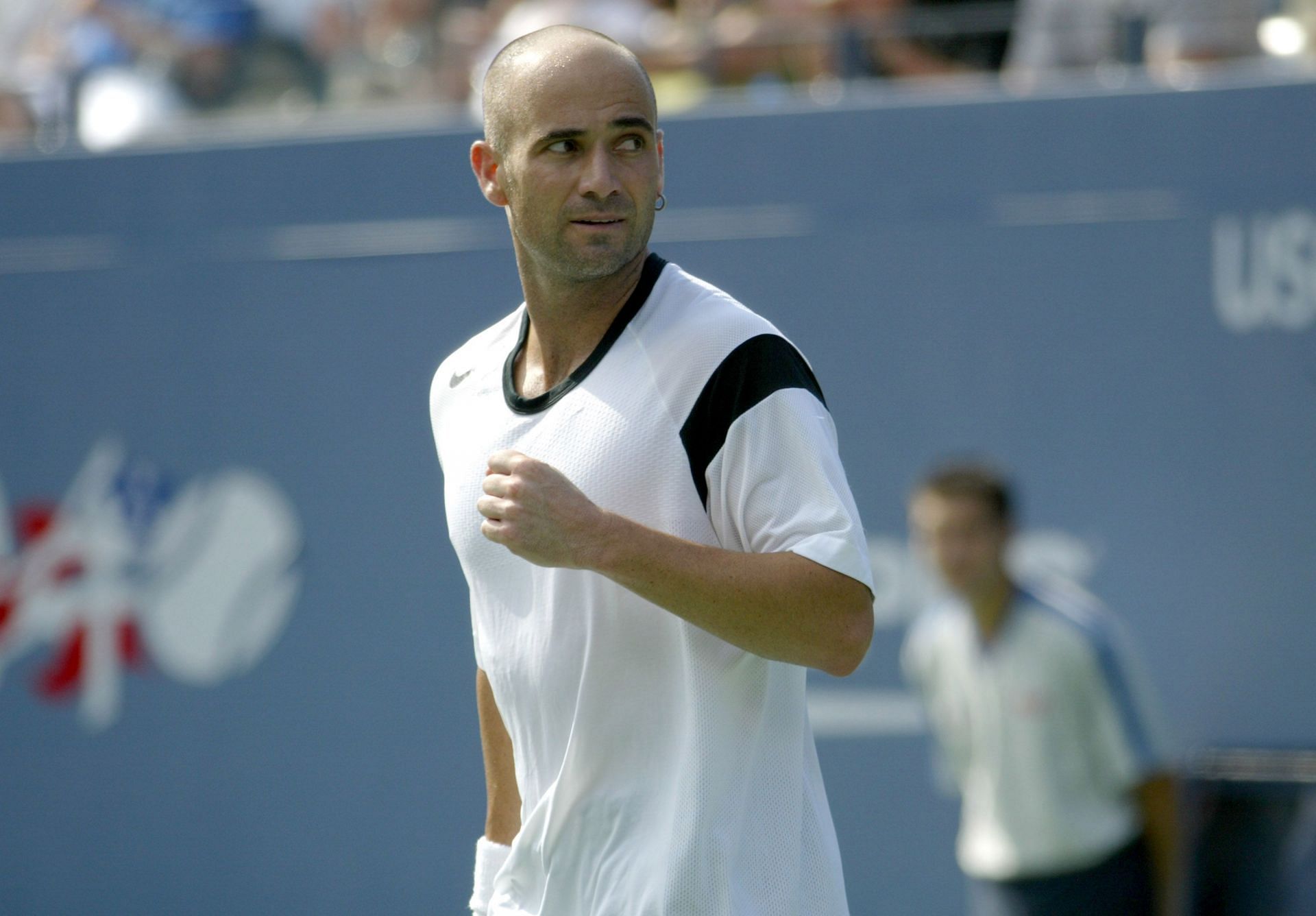
Amid the raging controversy over their respective seedings at the 1996 US Open, Andre Agassi and Michael Chang produced deep runs at their home Slam. Sixth seed Agassi defeated the likes of Leander Paes, David Wheaton and third seed Thomas Muster to reach the semifinals of the New York Major.
Chang, meanwhile, triumphed over Neville Godwin, Jakob Hlasek and Javier Sanchez en route to the final four, setting up a blockbuster semifinal clash against Agassi. Chang dominated the encounter, ending his compatriot’s campaign with a resounding 6-3, 6-2, 6-2 victory.
Following his win over Andre Agassi, Michael Chang took on defending champion Pete Sampras in a highly anticipated title clash between the top two seeds. Sampras secured a commanding 6-1, 6-4, 7-6(3) win over Chang to clinch his fourth US Open title and eighth Grand Slam title overall.


